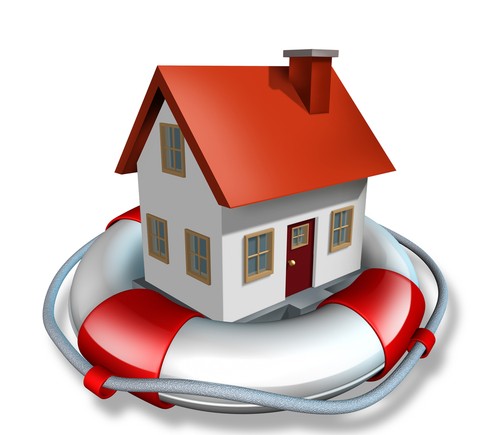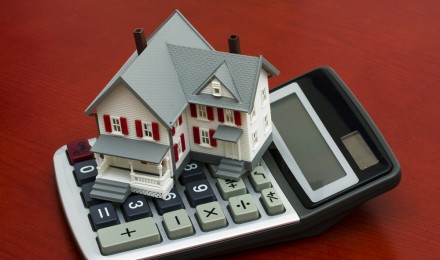Refinancing refers to the practice of taking out a new mortgage to pay off your your existing mortgage. The term refinancing is most often used to describe mortgage loans, although you can technically refinance any kind of debt you have.
Why Refinance?
When you have a mortgage on your home, you make monthly payments to a lender and there is a specific total amount that you would have to pay back on the mortgage loan in order to be free from the loan entirely and have no further obligations. That amount that you would have to pay back- the payoff- amount is equal to the remaining principle plus any interest that has accrued and not yet been paid.
You may decide that you no longer want to pay off the loan you have with your mortgage lender by making monthly payments. Instead, you may want to get a new loan with different terms or conditions than the loan you have. For instance, you might have gotten your mortgage loan five years ago when interest rates (the cost of borrowing) were set at 7 percent and today they are set at 4 percent. If you were able to get rid of your old loan, pay it back in full and get a new loan, you would be much better off since you’d only pay 4 percent for the privilege of borrowing money instead of 7 percent. In this scenario, it would make sense to refinance.
You may also decide at some point that you have too much money tied up in your house. When you make payments and put a down payment down on your home, you start to actually own a portion of the house (the bank owns the rest since you owe them money for it). The amount of the home you actually own is called “equity.” If you have paid a lot of money in over time or if your house has dramatically increased in value, you may have more “equity” in your house than you want. In this case, you might decide to do a “cash – out refinance.” This would involve taking a new mortgage loan for more than your old one so you can get ahold of the money in your house now (you’ll have to pay it back over time, of course).
How Does Refinancing Work?
When you decide you are ready to refinance your home, you will need to find someone to lend you money to pay off your existing mortgage lender. The bank or lender that is currently holding your loan (the one you currently owe money to) may decide that they are willing to allow you to get a new loan from them to pay off the old one. You might also decide to go to a different bank or a lender (just make sure there is no clause in your original mortgage preventing you from doing this). Look at the rates offered by several lenders but make sure you compare estimated APR that includes title and closing costs before you commit to a specific lender.
When you have a lender who is interested or willing to potentially offer you a new loan to pay off your old one, you will need to go through the approval process to get the loan. In many ways, this is similar to the process you went through when you originally got your mortgage. The house will have to be appraised to determine what it is currently worth since lenders won’t typically allow you to borrow more than 80 percent of the home’s value. Your income and credit will also be checked to make sure you can make the payments on the new loan.
Provided that everything checks out, you’ll then get approved for the new loan and you will have to go to “settlement” and close on the loan. There, you will pay any necessary closing costs for the loan (origination fees for getting the loan, the cost of the appraisal, etc.). The money from your new lender will be distributed to the old lender to pay off the old loan. If you took a cash-out refinance, you will also get the money you have coming to you from the refinance process.
The old loan will be paid off in full and the lender’s claim to the money will be released. You will now have a new loan with new terms and you will be obligated to pay off this loan just as you were paying off your old one.







